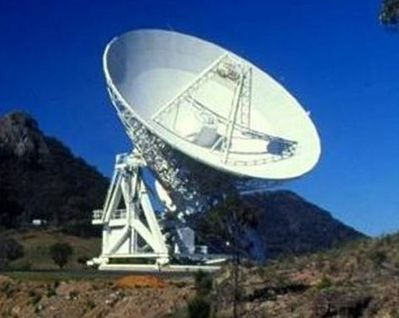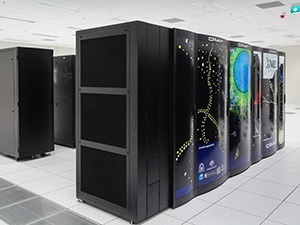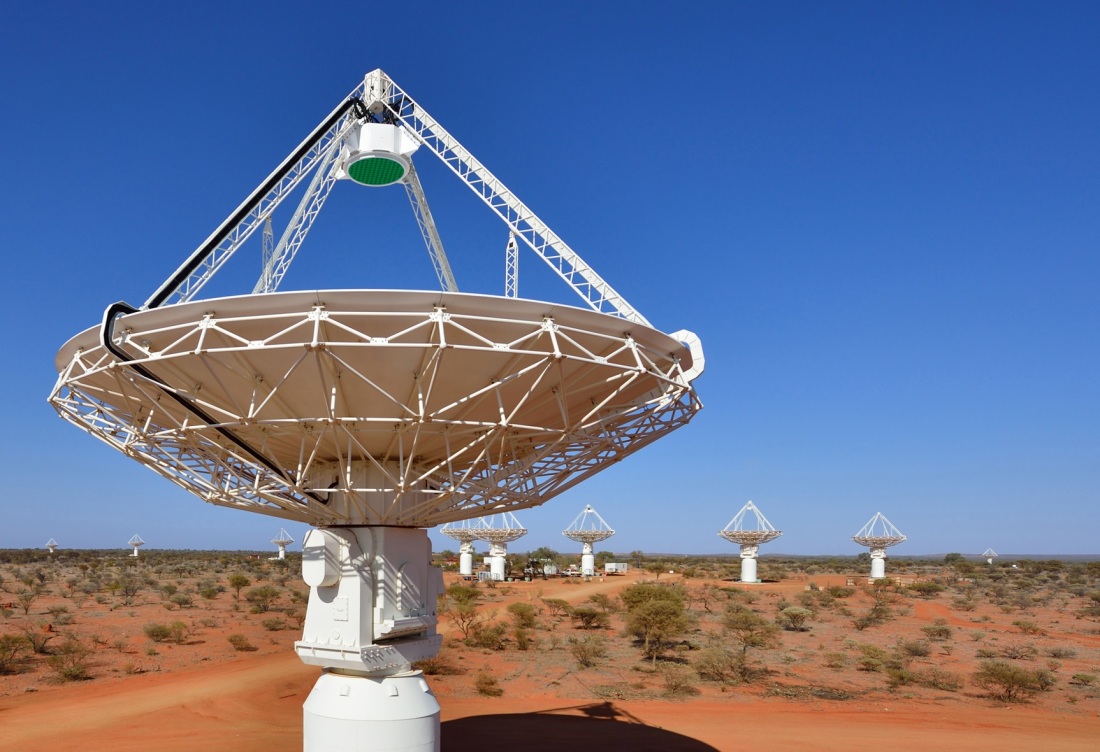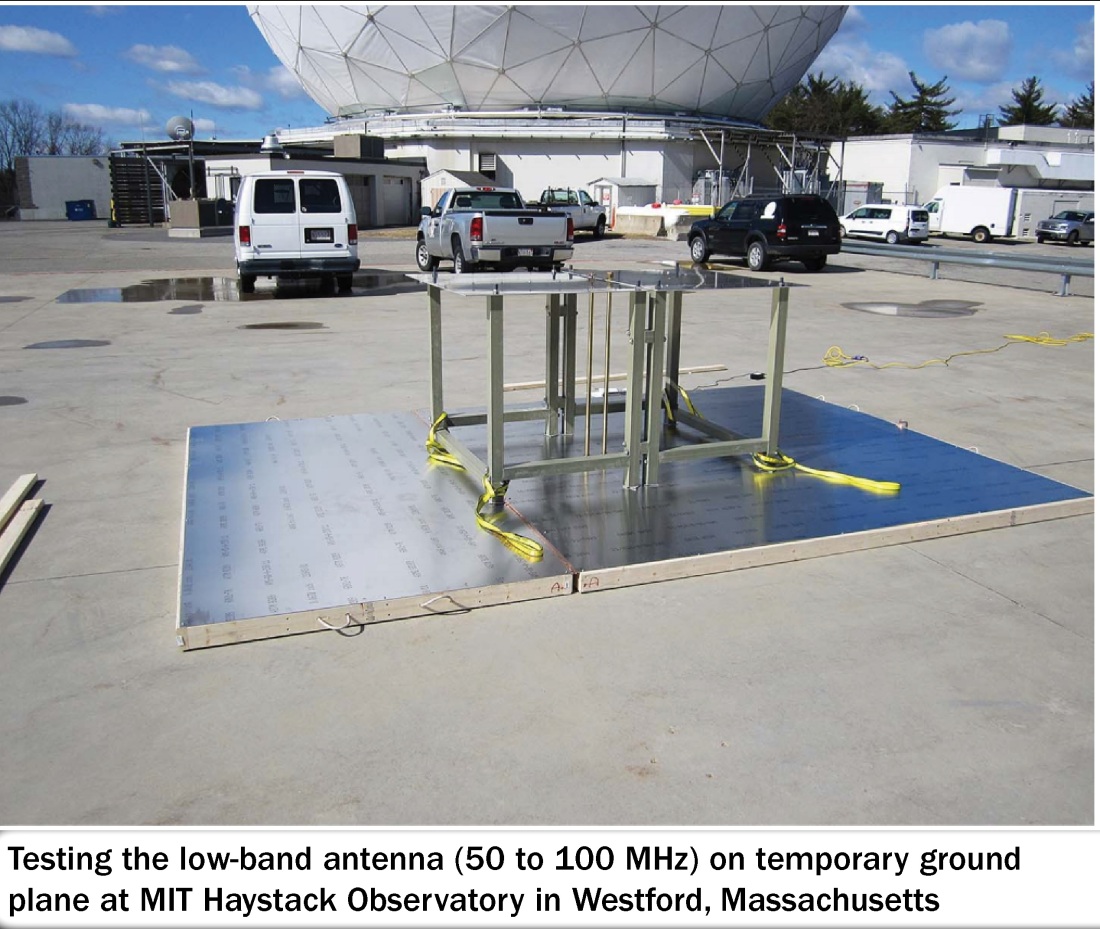From CSIRO-Commonwealth Scientific and Industrial Research Organization (AU)
6.19.24
ASAESJA YOUNG
While small in volume, Australia’s hidden treasures hold big potential for the global critical minerals market.
Australia exports around one billion tonnes of iron ore each year and 300 tonnes of gold. Yet, beyond these well-known commodities lies a suite of lesser-known minerals, which are critical for the world’s advancement.
Critical minerals are designated critical for their essential role in modern technologies. They are identified as critical based on a number of factors including supply chain security, economic benefits and strategic importance.
Australia already packs a punch in global critical mineral supply, producing 14 of the 31 minerals listed in Australia’s Critical Minerals List. However, as the world’s reliance on technology increases, and countries transition to renewable energy, there is an opportunity for Australia to grow its stake further.
The hidden gems: gallium and germanium


Among Australia’s unsung critical minerals are gallium and germanium. Like many critical minerals, they are not typically mined directly but are by-products of the processing of other minerals.
Both minerals hold significant growth potential for Australia, despite the country’s current limited production.
Despite gallium being as abundant on earth as copper, it never occurs at high enough concentrations to mine. It occurs in small but appreciable quantities in bauxite which is the main ore source of alumina.
Global demand for gallium is only about 708 tonnes, so even small amounts are valuable.

According to CRU, global Gallium demand in 2023 was 708 tonnes, and is expected to reach 1180 tonnes by 2030. © CRU Group
A graph showing the demand of gallium by application, including LED, magnets, integrated circuits, solar and other. The date range is from 2015 to 2030. In 2015, the demand for gallium shows just over 400 tonnes. The graph consistently moves upwards towards a predicted demand of over 1200 tonnes in 2030.
Gallium is crucial for producing high-speed semiconductor chips and LEDs. It is also used to create solar photovoltaic (PV) cells and electronic devices that operate at high frequencies and temperatures, making it ideal for military and satellite communications.
Germanium is a by-product of lead and zinc mining. This mineral plays a pivotal role in renewable technologies, particularly in solar cells and fibre optics, enhancing their efficiency and performance.

CRU’s data shows in 2023, global germanium consumption was 220 tonnes, and by 2030 it will reach 280 tonnes. © CRU Group
A graph showing germanium consumption by application from 2015 to 2030. The application categories include: fibre optic cable, infrared, polymerisation catalysts, electronics and solar, other. The graph shows consumption in 2015 at around 150 tonnes. The graph moves consistently upwards by year towards 2030. The graph indicates that consumption demand in 2030 will reach 280 tonnes.
The global production of germanium is currently around 220 tonnes annually.
Unlocking Australia’s critical mineral potential
Dr Chris Vernon is our Australian Critical Minerals R&D Hub Lead. He said Australia had most of the critical minerals on any country’s list so there was huge potential to grow.
“Gallium and germanium have recently gained attention because China is the main producer of each and the Chinese government has indicated that it will control export for strategic reasons. However, there are many other critical mineral markets Australia could have a role in,” Chris said.
“Large amounts of potential byproduct is either left in the ground, goes to tailings, or is exported as a contaminant in the primary product because they don’t usually cooperate, or separate easily, so you need process technology, and equipment. The cost of separating can be significant, and there’s a lot of competition on price, so the decision to separate out some of these materials is often made on strategic grounds, rather than on economics.”
The need for strategic mineral management
As part of the Australian Critical Minerals Research and Development Hub launched late last year, a project is underway with Geoscience Australia and ANSTO. It sets out to estimate the resource potential of critical minerals like gallium, germanium and indium in Australian zinc deposits.
The project aims to evaluate the techno-economic opportunities for Australia to produce these minerals from existing operations and explore the technical recovery of gallium from existing bauxite refineries.
The goal is to make the extraction process economically viable while meeting the growing demand for these critical minerals.

Gallium is quite soft at room temperature. Image from images-of-elements.com/gallium

Germanium plays a big role in renewable technologies. Image from images-of-elements.com/germanium
One significant challenge in such small critical minerals markets is the risk of oversupply. Processing too much of a particular mineral can flood the market, driving down prices and making the extraction process economically unviable. This delicate balance requires careful management to ensure a steady supply without overwhelming the market.
Jason Needham is Principal Consultant at global mineral economics firm CRU International. He said supply and demand shocks were usually the cause of price volatility in the critical minerals market.
“Over-supply will generally cause a price decrease, whereas higher demand will often result in price increases,” Jason said.
“Small-volume markets, especially with niche critical minerals, are particularly sensitive. New mines or downstream plants coming online can drive a rapid increase in supply or even over-supply, resulting in a price drop. Often, market prices can also be affected by sentiment.”
“A good recent example of this is the nickel market, which saw a moderate price increase largely brought about by the civil unrest in New Caledonia, despite the jurisdiction only producing around five per cent of global supply,” Jason said.
Developing strategies around Australia’s critical minerals is crucial, particularly for those produced in smaller quantities like our quiet achievers, germanium and gallium.
Without strategic planning, these valuable resources might lose their value, making them uneconomical to extract.
Australia’s growing role in critical mineral processing
“I expect Australia’s role in the critical mineral supply chain will mostly remain in the mining of raw materials. However, with the introduction of Government incentives we will increasingly see Australia adding value through downstream mineral processing and refining,” Jason said.
“A good example of this is lithium. In 2023, Australia produced 37 per cent of global lithium raw materials in the form of mineral spodumene concentrates. However, Australia currently supplies only five per cent of global lithium hydroxide. By 2028, CRU expects the country’s market share will increase to 12 per cent, representing a five-fold increase in refining capacity.”
Extracting critical minerals was generally a challenging process, Chris said. Yet, processing them and turning them into engineered or functional materials would provide a massive uplift in value.
“An analogy is selling the wool, versus selling the yarn, versus selling the cloth, versus selling the suit,” Chris said.
“The wool might be worth something and you don’t need much processing to harvest it, but how much more is it worth if we take another step? These are some of the issues we have to consider. How far along the value chain does it make sense to go?”
Australia’s potential in the critical minerals market is immense. Particularly now, with lesser-known minerals like gallium and germanium playing pivotal roles in modern technology and renewable energy.

Gallium is used in photovoltaic (PV) cells
By strategically developing these resources, enhancing processing technologies, and moving further up the value chain, Australia can significantly bolster its economic resilience and global market position.
Leveraging these quiet achievers not only secures a stable supply for high-tech industries, but also ensures Australia’s sustainable and economically viable future in the critical minerals landscape.
See the full article here .
Comments are invited and will be appreciated, especially if the reader finds any errors which I can correct.

five-ways-keep-your-child-safe-school-shootings
Please help promote STEM in your local schools.
CSIRO-Commonwealth Scientific and Industrial Research Organization (AU ), is Australia’s national science agency and one of the largest and most diverse research agencies in the world.
CSIRO works with leading organizations around the world. From its headquarters in Canberra, CSIRO maintains more than 50 sites across Australia and in France, Chile and the United States, employing about 5,500 people.
Federally funded scientific research began in Australia over 100 years ago. The Advisory Council of Science and Industry was established in 1916 but was hampered by insufficient available finance. In 1926 the research effort was reinvigorated by establishment of the Council for Scientific and Industrial Research (CSIR), which strengthened national science leadership and increased research funding. CSIR grew rapidly and achieved significant early successes. In 1949 further legislated changes included renaming the organization as CSIRO.
Notable developments by CSIRO have included the invention of atomic absorption spectroscopy; essential components of Wi-Fi technology; development of the first commercially successful polymer banknote; the invention of the insect repellent in Aerogard and the introduction of a series of biological controls into Australia, such as the introduction of myxomatosis and rabbit calicivirus for the control of rabbit populations.
Research and focus areas
Research Business Units
As of 2023, CSIRO’s research areas are identified as “Impact science” and organized into the following Business Units:
Agriculture and Food
Health and Biosecurity
Data61
Energy
Manufacturing
Mineral Resources and Environment (being the amalgamation of the former Land and Water and Oceans & Atmosphere BUs)
National Facilities
CSIRO manages national research facilities and scientific infrastructure on behalf of the nation to assist with the delivery of research. The national facilities and specialized laboratories are available to both international and Australian users from industry and research. As at 2019, the following National Facilities are listed:
Australian Animal Health Laboratory (AAHL)
Australia Telescope National Facility – radio telescopes included in the Facility include the Australia Telescope Compact Array, the Parkes Observatory, Mopra Radio Telescope Observatory and the Australian Square Kilometre Array Pathfinder.








CSIRO Pawsey Supercomputing Centre AU)




Others not shown
Collections
CSIRO manages a number of collections of animal and plant specimens that contribute to national and international biological knowledge. The National Collections contribute to taxonomic, genetic, agricultural and ecological research. As at 2019, CSIRO’s Collections are listed as the following:
Australian National Algae Culture Collection
The Atlas of Living Australia
Australian Tree Seed Centre
Australian National Fish Collection
Australian National Insect Collection
Australian National Herbarium
Australian National Soil Archive (managed through A&F)
Australian National Wildlife Collection
Cape Grim Air Archive
Services
In 2019, CSIRO Services are itemized as follows:
Materials and infrastructure services
Agricultural and environmental analysis
Environmental services
Biological, food and medical science services
Australian Animal Health Laboratory services
Other services are noted as including education, publishing, infrastructure technologies, Small and Medium Enterprise engagement and CSIRO Futures.
Inventions
Notable inventions and breakthroughs by CSIRO include:
A4 DSP chip
Aerogard, insect repellent
Atomic absorption spectroscopy
Biological control of Salvinia
Development of Linola (a flax variety with low alpha-linolenic acid content) with a longer life used as a stockfeed
Distance measuring equipment (DME) used for aviation navigation
Gene shears
Interscan Microwave landing system, a microwave approach and landing system for aircraft
Use of myxomatosis and calicivirus to control rabbit numbers
Parkes Radio Telescope
The permanent pleat for fabrics
Plasma sintering
Polymer banknote
Production of metals from their halides
Relenza flu drug
Sirosmelt lance
“Softly” woollens detergent
Phase-contrast X-ray imaging
Method to use titanium in 3D printing
UltraBattery
Essential components of Wi-Fi technology
Zebedee – Mobile Handheld 3D Lidar Mapping technology
Historic research
CSIRO had a pioneering role in the scientific discovery of the universe through radio “eyes”. A team led by Paul Wild built and operated (from 1948) the world’s first solar radiospectrograph, and from 1967 the 3-kilometre-diameter (1.9 mi) radioheliograph at Culgoora in New South Wales. For three decades, the Division of Radiophysics had a world-leading role in solar research, attracting prominent solar physicists from around the world.
CSIRO owned the first computer in Australia, CSIRAC, built as part of a project began in the Sydney Radiophysics Laboratory in 1947. The CSIR Mk 1 ran its first program in 1949, the fifth electronic computer in the world. It was over 1,000 times faster than the mechanical calculators available at the time. It was decommissioned in 1955 and recommissioned in Melbourne as CSIRAC in 1956 as a general purpose computing machine used by over 700 projects until 1964. The CSIRAC is the only surviving first-generation computer in the world.
Between 1965 and 1985, George Bornemissza of CSIRO’s Division of Entomology founded and led the Australian Dung Beetle Project. Bornemissza, upon settling in Australia from Hungary in 1951, noticed that the pastureland was covered in dry cattle dung pads which did not seem to be recycled into the soil and caused areas of rank pasture which were unpalatable to the cattle. He proposed that the reason for this was that native Australian dung beetles, which had co-evolved alongside the marsupials (which produce dung very different in its composition from cattle), were not adapted to utilise cattle dung for their nutrition and breeding since cattle had only relatively recently been introduced to the continent in the 1880s. The Australian Dung Beetle Project sought, therefore, to introduce species of dung beetle from South Africa and Europe (which had co-evolved alongside bovids) in order to improve the fertility and quality of cattle pastures. Twenty-three species were successfully introduced throughout the duration of the project and also had the effect of reducing the pestilent bush fly population by 90%.







